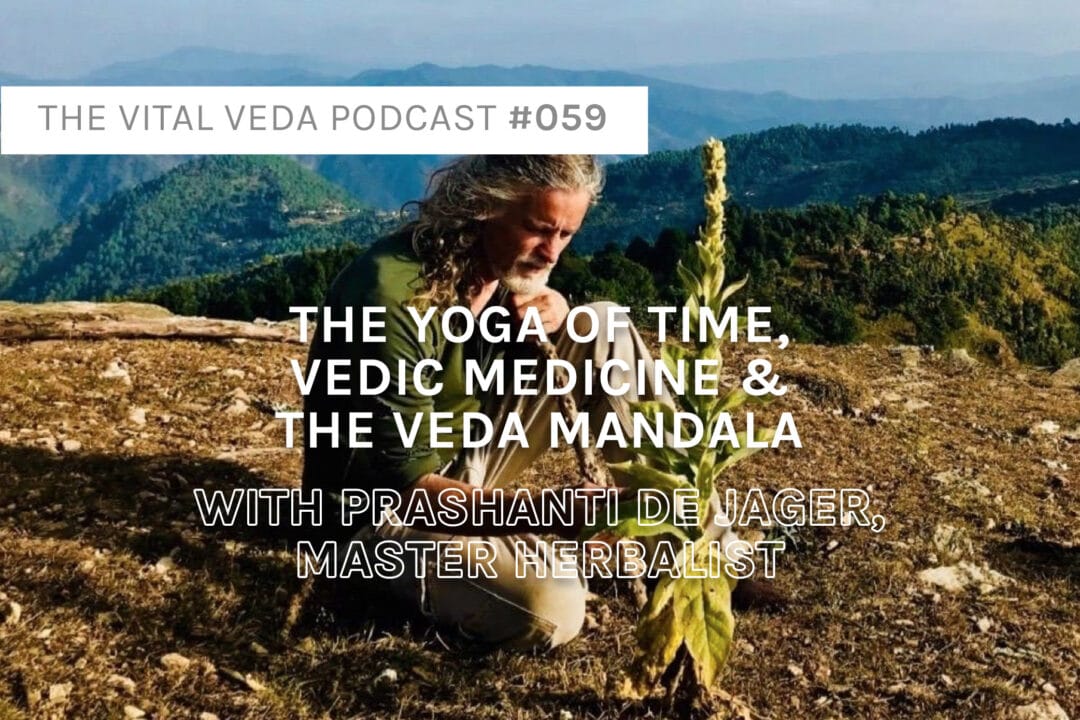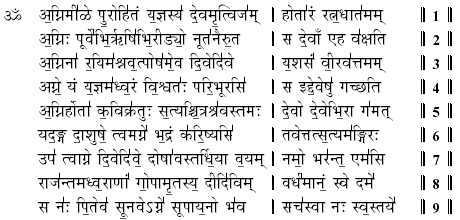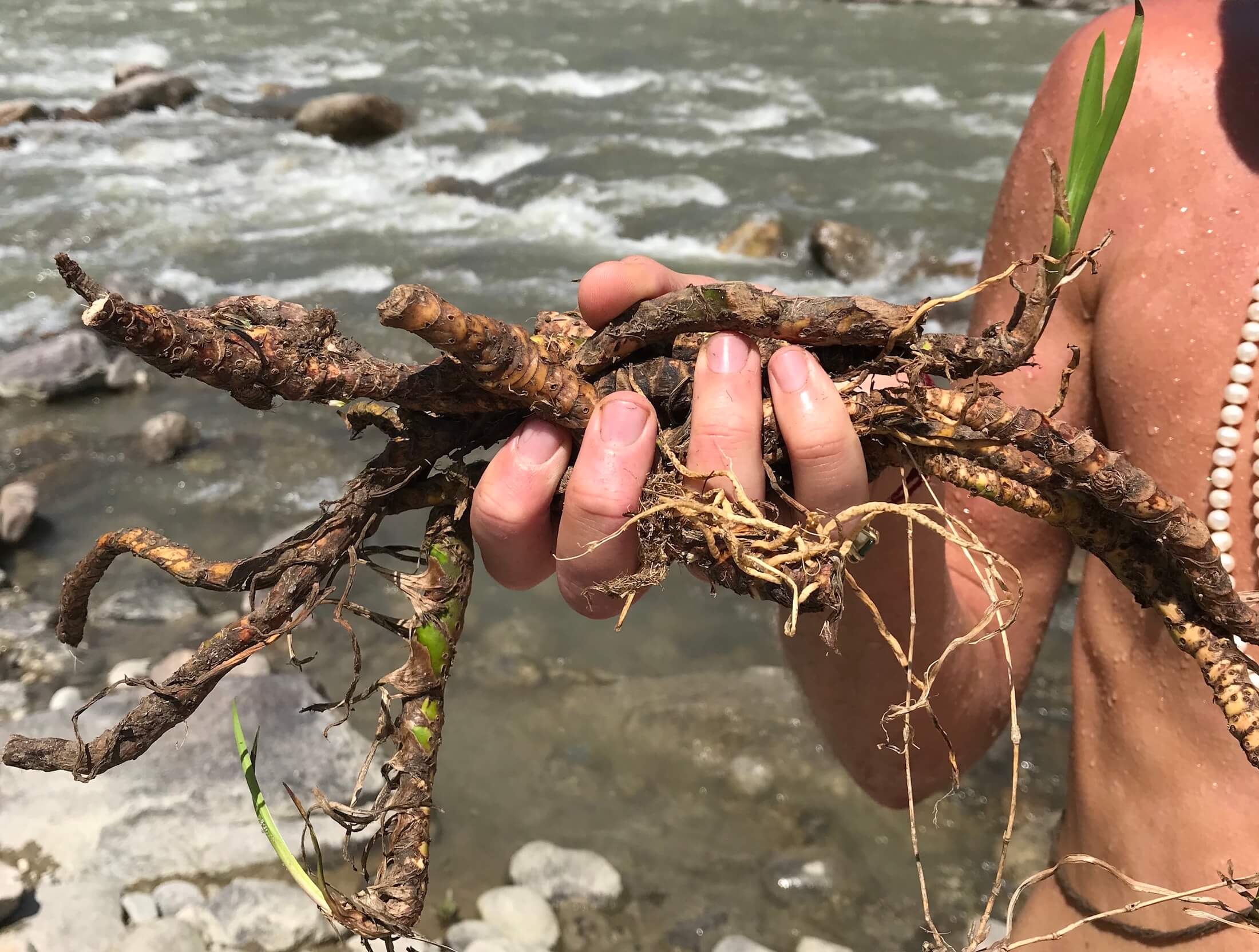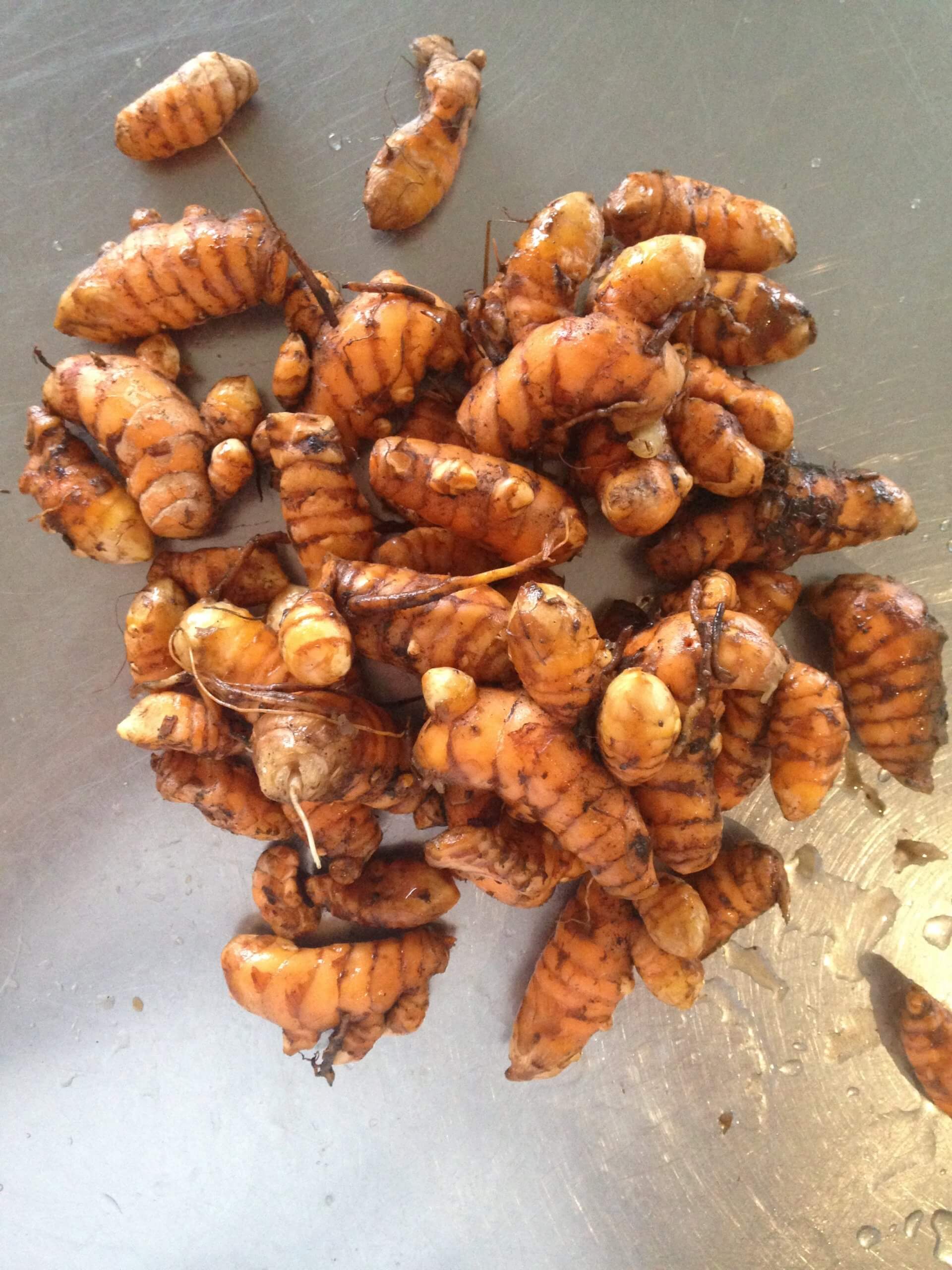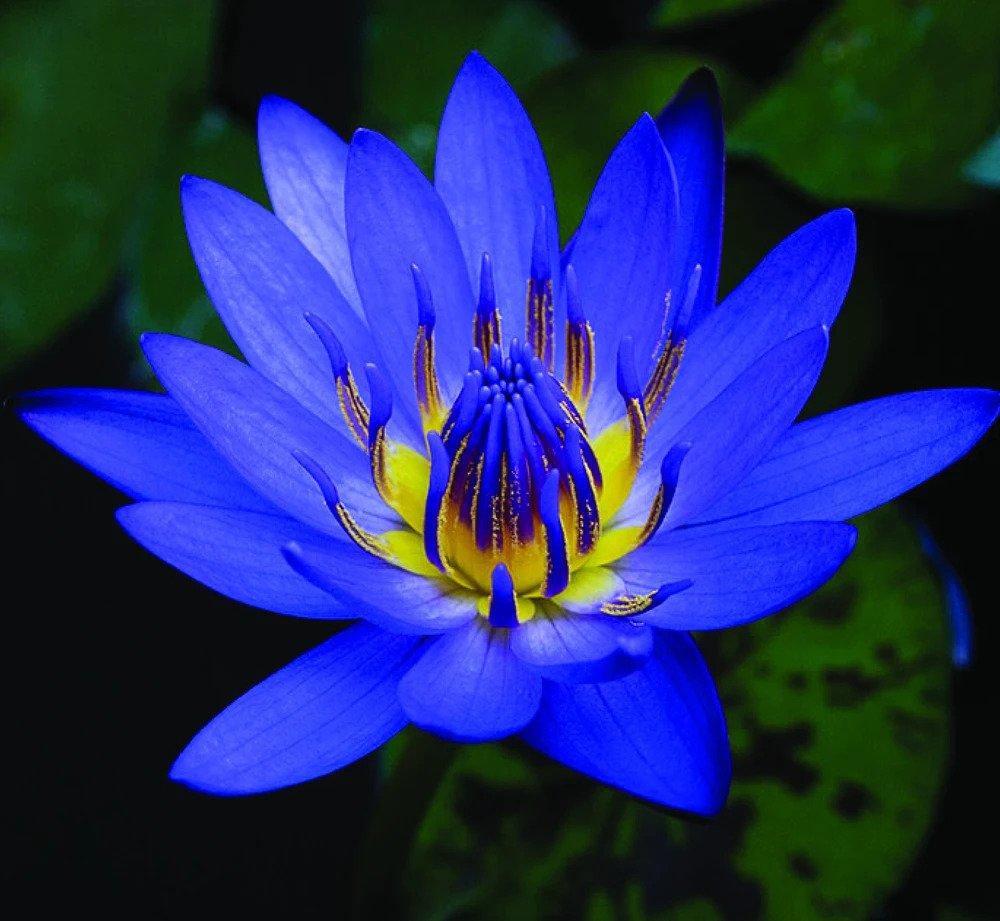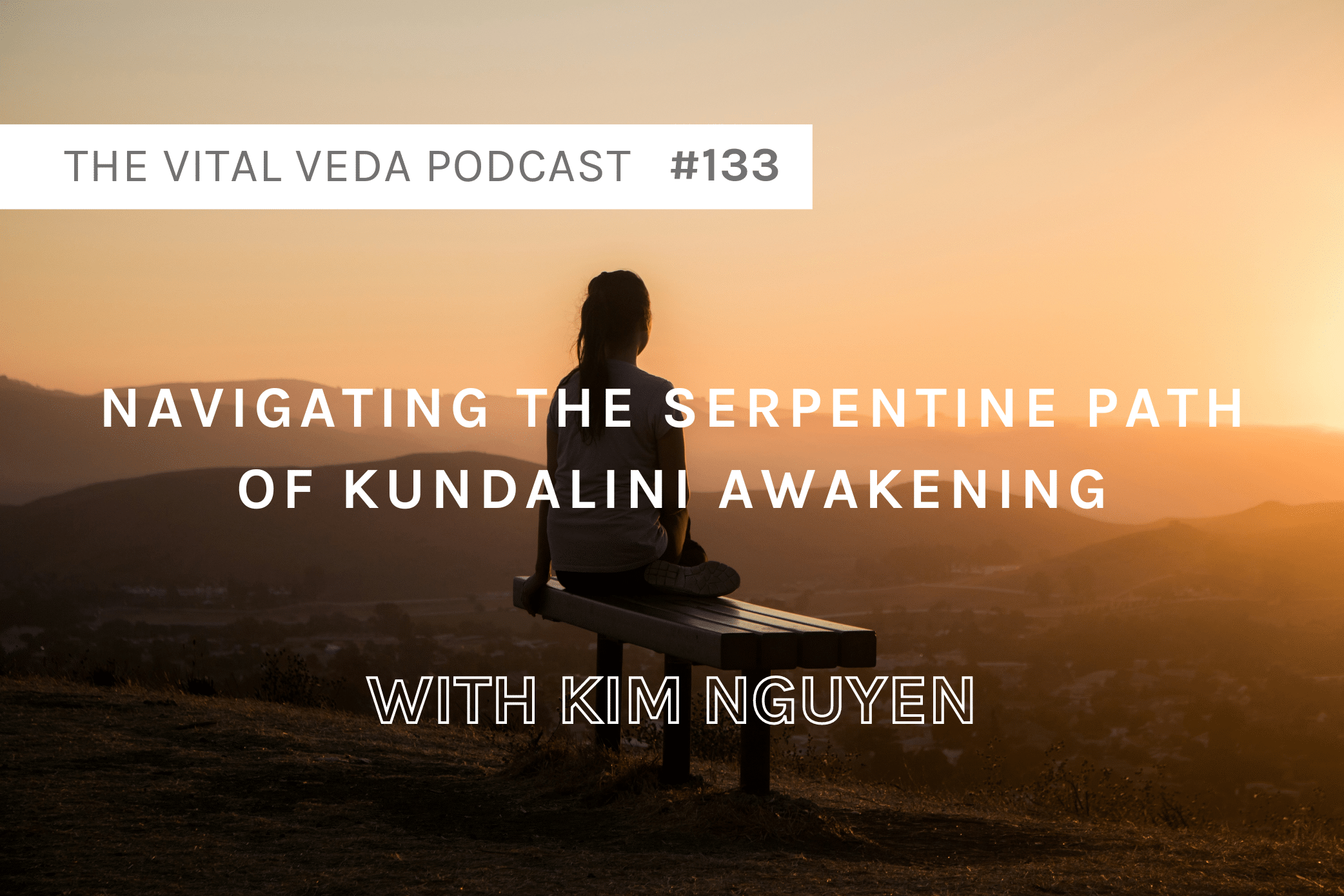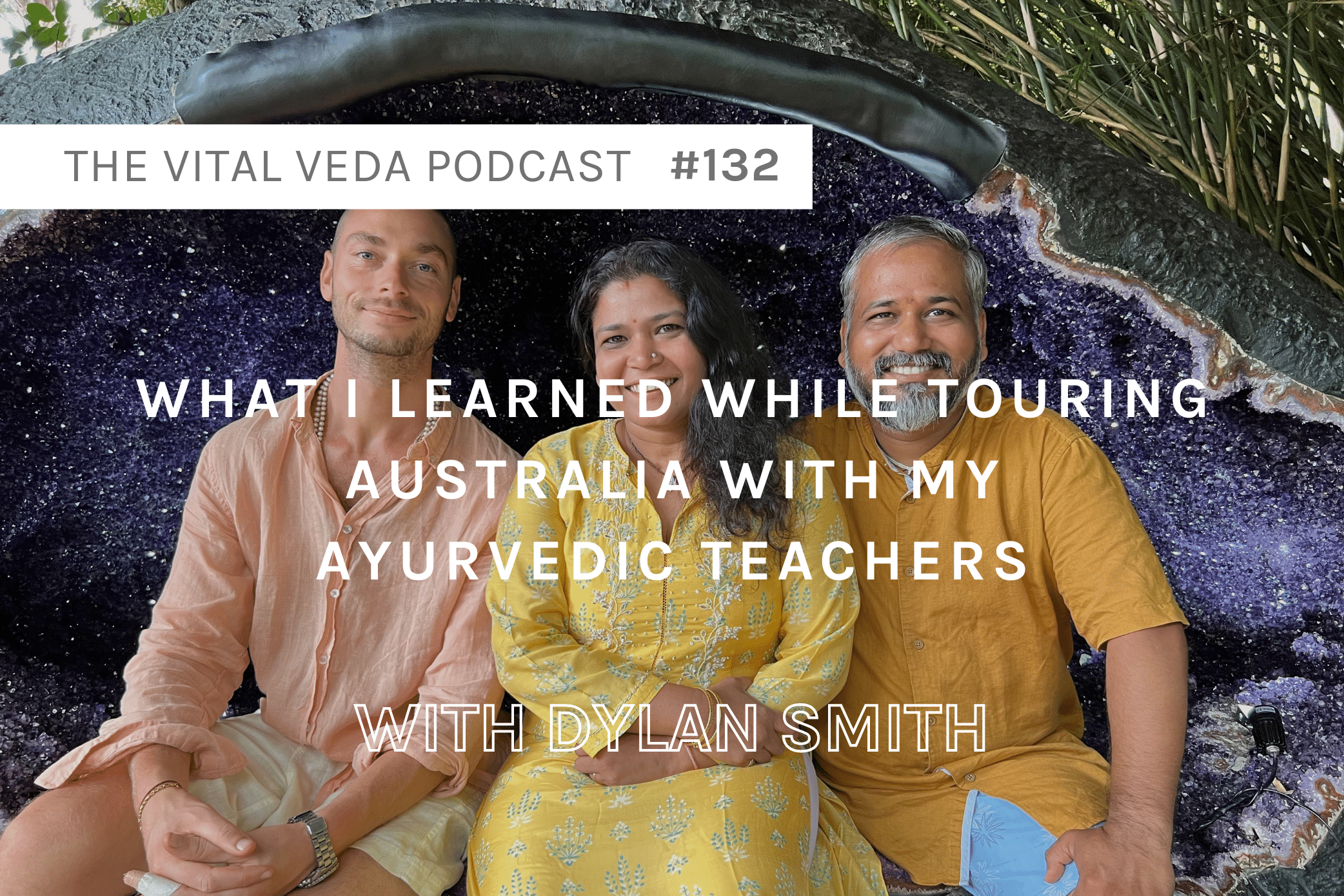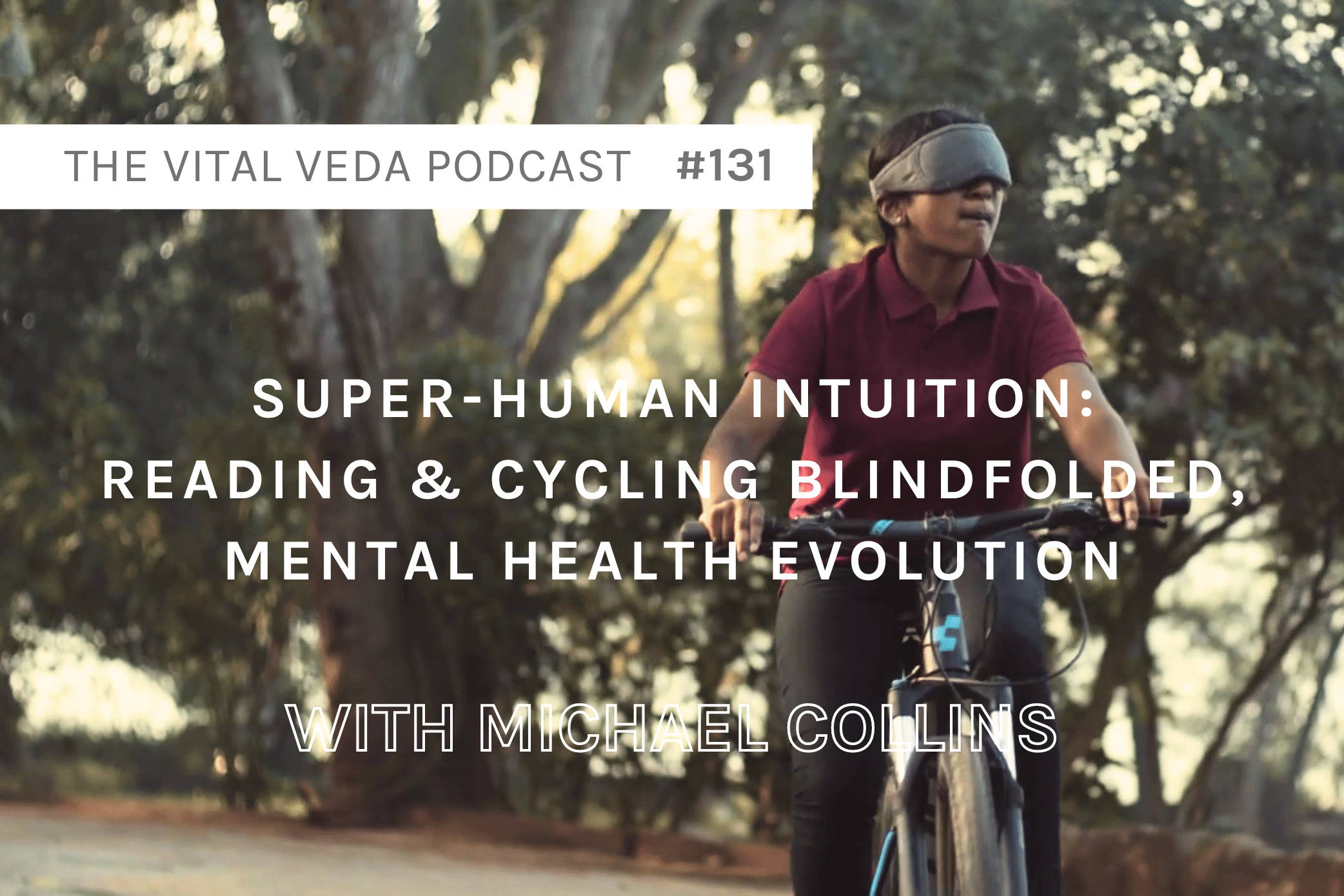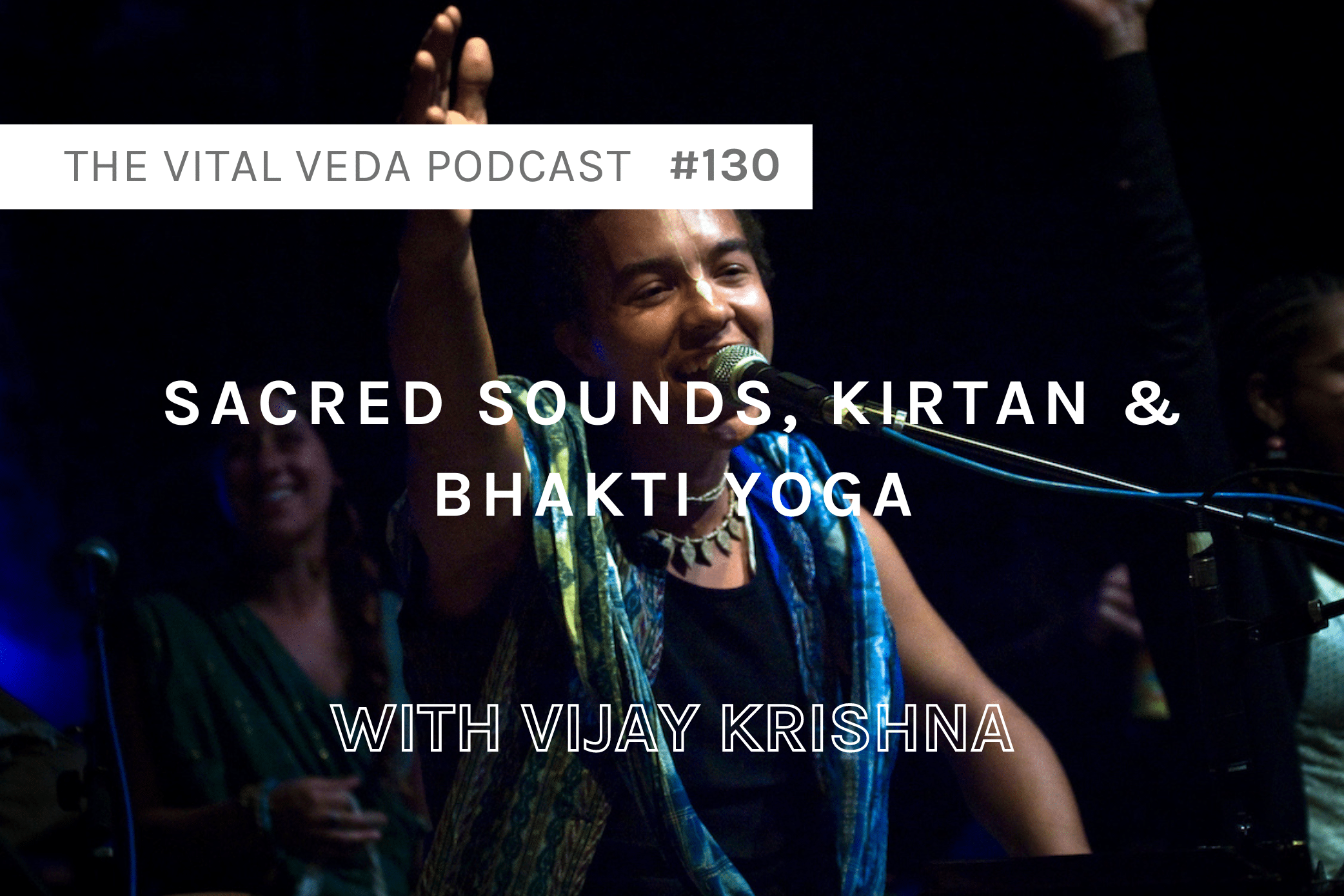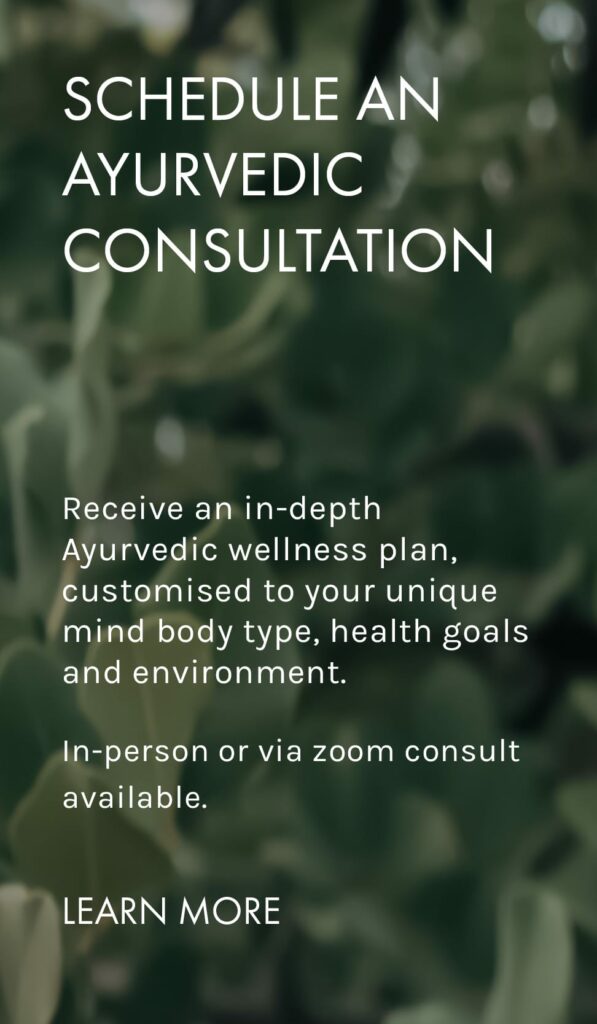Prashanti’s clinical forte and specialty is his ability to use many of the “Vedic sciences” – Ayurveda, Vedic Astrology, Yoga, Vaastu (Vedic Architecture), Advaita and Dhanurveda (the yoga of warfare) to analyze, diagnose, treat and empower his clients.
The episode is for the “Vedic nerds”, as we explore with a scientifically eccentric perception, the richness that the Laws of Nature: The Veda, has to offer.
Prashanti has unique capabilities to perceive the subtle in all areas of life, as well as an expanded spectrum of awareness on the true depths of wisdom traditions.
ABOUT OUR GUEST: PRASHANTI DE JAGER
Prashanti’s clinical forte and specialty is his ability to use many of the “Vedic sciences” – Ayurveda, Vedic Astrology, Yoga, Vaastu (Vedic Architecture), Advaita, Dhanurveda (the yoga of warfare), too analyse, diagnose, treat and empower his clients.
He shares these potent vedic sciences through The Veda Mandala.
This powerful “confluence of factors” is comparable to having a session with ten different wellness guides all at once. After earning many degrees from the University of Michigan in the fields of Math, Engineering, Biophysics and Emergency Medicine, and studying numerous adjunct healing modalities, Prashanti moved to India in 1990 to study Advaita and the Vedic Sciences.
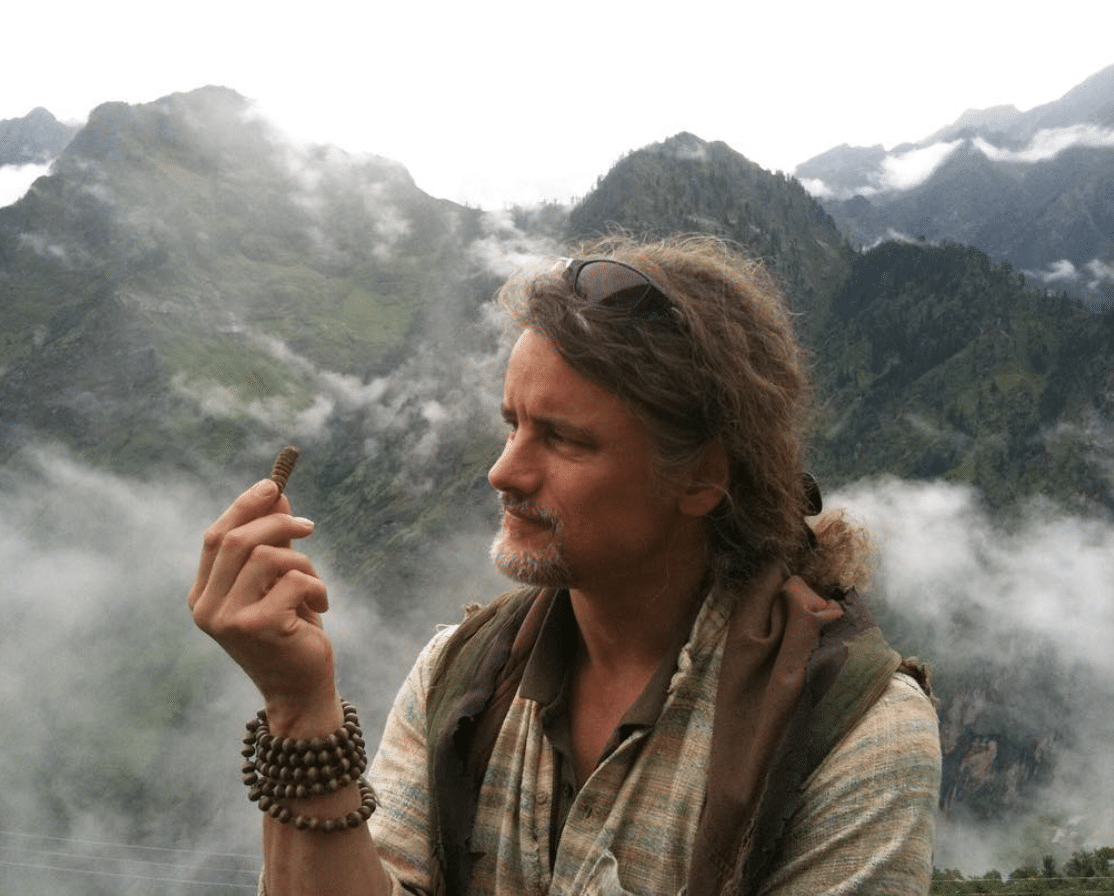
On his travels, he experienced the very good fortune of a decade of sitting at the feet of epic paragons like Sri H.W.L. Poonja, Annamalai Swami, Lakshman Swami, the Dalai Lama, Urgen Tulku, Jamgong Kontrul Rinpoche, Hart de Fou, Kaviraj Vaidya Nanakchand Sharma, as well a dozens of eminent Yogis, Priests, Scientists and many truly empowered Grand Mothers.
Traveling all over India training as a Yogi, Clinician and an Ethnopharmacologist, he settled in Lucknow, North India, where he started to treat hundreds of locals and foreigners that came to him with a vast number of health issues.
To ensure high-quality formulas for his clients, he started an Ayurvedic herb company in 1993 in North India where he grew, wild-crafted and processed the herbs by hand. As the reputation for these herbs grew worldwide, a beautiful team/Vision called ‘Organic India’ emerged to serve the demand in a socially responsible and environmentally sustainable way.
Besides being a Founder of Organic India, he also is a trustee on other projects like the Dunagiri Foundation Trust, instilling sustainable herbal wild-crafting amongst thousands of tribals in central India and also in the fragile ecosystems of the High Himalayas.
He edits & writes articles for numerous magazines and his own books, and teaches classes on herbs and Ayurvedic Medicine around the world.
He is one of Tulsi’s (holy basil) humans.
a.k.a. Haldi Baba (Haldi being turmeric) – Prashanti wrote one of the most comprehensive – spirit world view, on turmeric. “Turmeric The Ayurvedic Spice of Life”
IN THIS EPISODE WE DISCUSS:
Sahanau Vavatu
ॐ सह नाववतु। Om, May we all be protected
सह नौ भुनक्तु। May we all be nourished
सह वीर्यं करवावहै। May we work together with great energy
तेजस्वि नावधीतमस्तु May our intellect be sharpened (may our study be effective)
मा विद्विषावहै। Let there be no Animosity amongst us
ॐ शान्तिः शान्तिः शान्तिः ॥ Om, peace (in me), peace (in nature), peace (in divine forces)
Understanding the root value and spirit centric worldview of Sanskrit
4 levels of Vat (Truth)
- Para-vak – the ultimate reality in the form of vibrations, of which thought and words are rough representations. It is the absolute expressed as transcendental sound (Mantras come from here).
- Pashyanthi vak – here you can have the spirit centric worldview. This is where creativity and genius are. The Heart is dominant.
- Madhyama vak – truth touches our minds. The middle between subtle thought and gross speech. The Throat is dominant.
- Vaikhari vak – truth touches our lips. Most people are here. Where words come out the mouth in the form of gross physical sound.
Vaastu Sastra
The Vedic science of harmonious design.
Vaastu is fundamental, it is at the base of the Veda Mandala because from Vaastu you can create every other science.
Vaca (calamus acorus)
To read our article on the many uses & benefits of Vaca click HERE
Two types of memory
-
Episodic memory: centered around experiences and events
-
Semantic/Terrain memory: memory of general knowledge (facts, ideas, concepts and the general meaning of things).
The importance of Dinacharya (daily routine)
The importance of waking up before the sunrise
The value that there is in watching the sunrise.
Surya Traataka:
Various practices to honour the sun.
Starting and watching the rising sun.
The frequency of light that a ghee lamp emits directly impacts the third eye.
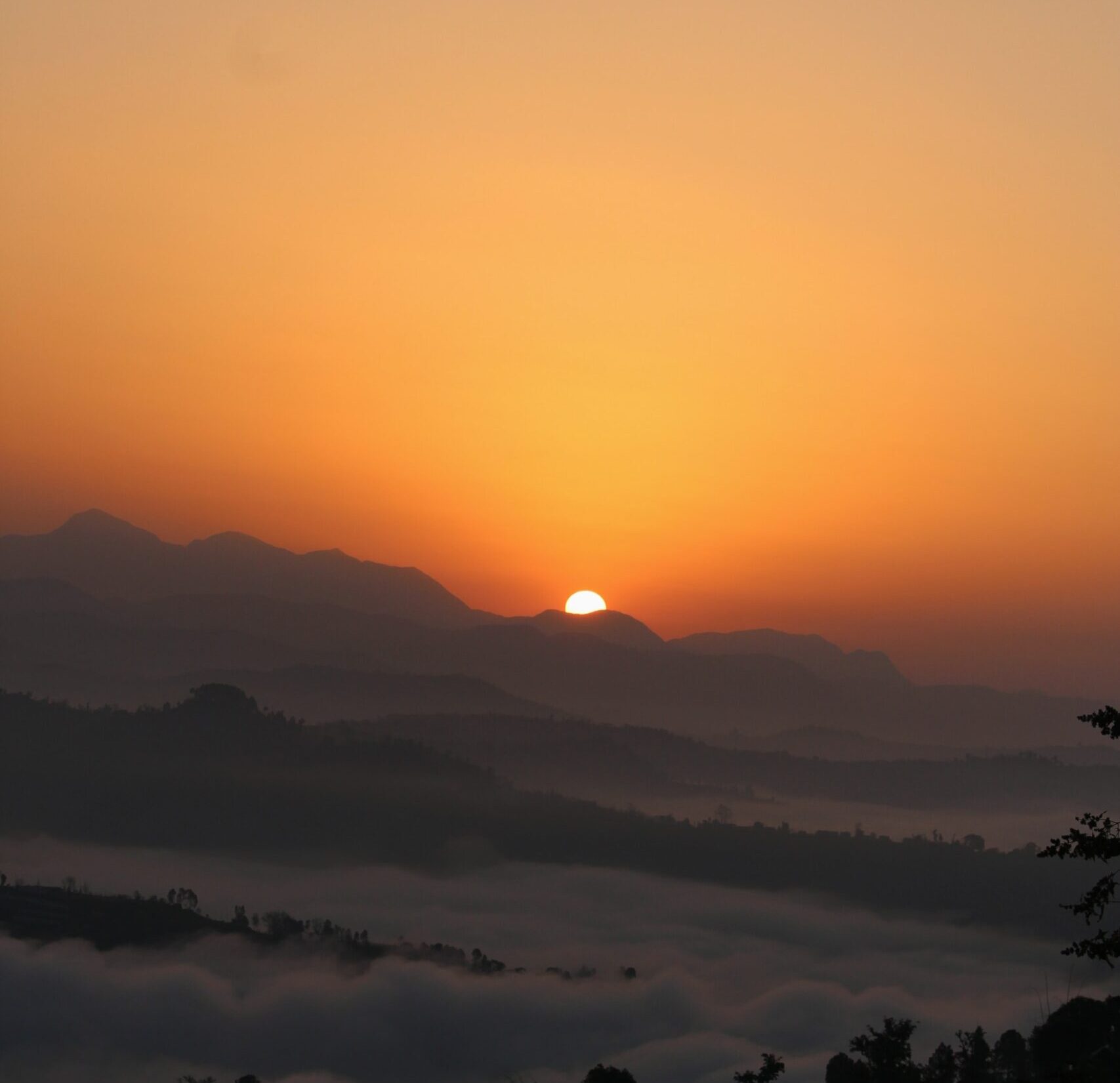
The Eight Limbs of Yoga
Yama (attitudes toward our environment)
Niyama (attitudes toward ourselves)
Asana (physical postures)
Pranayama (restraint or expansion of the breath)
Pratyahara (withdrawal of the senses)
Dharana (intention & intent): Tejas (Fire, energy, brilliance) is developed in this sixth limb.
Dhyana (meditation)
Samadhi (complete integration)

Vaidyas (Ayurvedic Physicians)
Balaraj Maharishi
He sent Prashanti to Tirumula around 1993 to find a very special majik plant and he found it!
Balaraj Maharishi and the first clinical trial of Ayurvedic medicines in the West: Link to read more HERE
Dr. Triguna
Famous pulse physician.
Siddhis – Divine Human Capabilities
How do humans achieve siddhis?
-
Past lives influencing siddhis.
-
Sampradaya – the core of the lineage that has sampradaya has a living goddess (vidya / supreme knowledge) at it’s core. Vidya comes from Pashyanthi vak.
-
Mantras call the Devis (divine beings) and Mahavidyas (10 aspects of mother divine)
-
Bhutas (any encapsulated intelligence with an agenda or energetic force) give siddhis. e.g. Nazi Germany was a Bhuta.
-
Bhutas hide in the life of your own identity.
Studying elemental bhutas by going close to bush/forest fires and storms.
-
Studying how nature’s elements are Beings.
Trigunas (Three Prime Attributes): Sattva (Purity), Rajas (Stimulation), Tamas (Inertia)
Rare, Endangered and Divine Healing Herbs
Divya Aushadhis (Divine Herbs)
Dronagiri Mountain in Tibetan Nitti Valley (where Hanuman picked up a mountain to heal wounds).
Once you’re in Joshimath, you go left to Badrinath , to the right you go to Tibetan Nitti Valley. Half way up that valley to the right is Dronigeri. You can see at the top of the mountain Hanuman scooped a trench off the side.
Sanjeevani Booti – the herb Hanuman used to heal Lakshman according to the Ramayana.
Astavarga – 8 High Himalayan deep nectar rejuvenation orchid herbs.
Very rare and hard to find. Prashanti is probably the only person in the world which produces a formula close to Astavarga (he calls it “Orchid Ojas”).
Using “substitutes” for rare herbs.
Prashanti created a whole new metric scale to grade herbs and create the “Astavarga formula.”
The corruption & lies in the Ayurvedic herb industry.
The Processing of Herbs (Shodasha Samskāra):
- Some of these herbs hate metal, e.g. Amalaki hates metal.
- Preparing herbs after “lighting up” your chakras and chanting mantras.
- Preparing herbs in the presence of or nearby Guru.
“The ultimate medicine made, is the medicine maker.” – Becoming medicine via medicine making.
Tulsi (Holy Basil)
Prashanti’s huge contribution to Tulsi
For more information on the many healing properties of Tulsi read our article HERE
Turmeric & building resilience in the body
When Prashanti “received the codes” for Turmeric.
Eating 30-40g of turmeric (haldi/haridra) & 10-20g of ashwagandha per day.
Difference between dried and fresh turmeric and ginger.
The myth that black pepper increases the absorption of turmeric.
Trikatu (ginger, long pepper, and black pepper), especially ginger, is the spice that increases the absorption of turmeric.
To read more on Turmeric and its many health benefits click HERE
Trikatu (Three Pungents)
Herbal Formulas
Single Herbs vs Formulas.
3 herbs in a formula are great // 5-to-10-ingredients formulas can be challenging for the body.
- More than three ingredients in a formula – can create confusion.
But when you cook all together, even 50 ingredients, you can make it sama (healthy and compatible). e.g. preparations like Avaleham (paste), or Amrit/Aristam (herbal wine).
How to apply the principles of Ayurveda to every given situation
3 main concepts:
- Kala – time.
- Desa – place.
- Patra – lineage.
E.g. Treating a 19-Year-Old San Francisco Goth Using the Principles of Ayurveda: Through fashion advice, advicing to wake up at 3am to go party and herb consumption.
Diversity and curvature vs. straight line.
All the polarities coming into the singularity.
All chakras being in the heart chakra.
The Puranas
-
Exegesis – the methodology of how you read or interpret any ancient text or book.
-
Repetition – you see it all over the place.
-
Hyperbolae – e.g. “If you stand on your head for 3 hours you will be enlightened”, said like that to remember, do not take it literally.
3 recurring themes in the Puranas (“The Old Things / Old Ones”)
-
Tulsi – purifies family karma. Points to the epi-genetic qualities of tulsi. Genes don’t change, but their expression changes.
-
Sirsasana (Head stand).
-
Ēkādaśi.
- Literally means 11.
- 11th lunar day, 2x/month.
- There is one Purana all on Ēkādaśi.
- Fasting not only fasting from food, but from the mundane, the heavy – feast on the light, energy and shakti.
- It’s a great way to cyclically fast.
Prashanti’s Veda Mandala
The Veda Mandala – bringing all vedic sciences together, protecting their essence.
5 Principles for evolving:
- Pattern interrupt – e.g. rising run, winter solstice.
-
New frame of reference
-
Trim story
-
Curate memory
-
Shift identity.
Allowing for a truer understanding of “inauspicious” times.
Shamshan sadhana
Practicing it at midnight on the ghats (river banks) of Varanasi.
When the world gets destroyed, Rudra (Lord Siva) maintains Varanasi.
The Power of Tejas
Tejas =
It signifies creative will power, splendor and brilliance. At the same time being a very grounded, intentional and spirited force.
India, Powerful Holy Places and Herbs
Certain places where reality gets thin. Then and there you can see so much truth.
The holiest of holy temples in Arunachala, Tiruvannamalai and Manikarnika ghat in Varanasi.
Tirumala, an area around a Visnu temple (Sri Venkateswara Swamy Vaari Temple) which is the most visited and wealthiest temple in the world.
Up the mountain from the city of Tirupati.
The Ramban herb – “Rama’s Arrows”
- Prashanti was told by Balaraj Maharishi to find, identify and process it. Around 1993.
- Not mentioned anywhere.
- Prashanti was selling one leaf for $10-100.
- Incredibly nootropic (cognitive enhancing).
The Blue Lotus
- Vertical element of integration.
- Makes you feel like you are walking two inches off the ground.
Kushta (Saussurea lappa)
- Rasa – Bitter, pungent, sweet
- Virya – Hot
- Vipaka – Pungent.
- Gunas – Dry, light, sharp.
- The brother of Soma. Also going extinct. A high Himalayan Angelica.
More on Powerful Vedic Wisdom
Haasta – the combination of Vastu, Jyotish and Ayurveda.
Non-linear knowledge:
Prana in the Himalayas and the grace, you start receiving non-linear knowledge.
Covid being part of a major transition that the world will undergo in the next 20 years.
Prashanti’s definition of Dharma
The Yoga of Time
Solstice:
- When the sun stops. “Sun stillness.”
- Siva, masculin.
Winter solstice:
- A time to dive deep and shift your identity, and then take action and dharma.
- Adaptogenic herbs, build your ojas (Article on Ojas VV).
- Take Ashtavarga around the start of winter solstice. Then don’t have to take it for the rest of the year.
- Trees don’t dry out, they shift their juice from their periphery to their core.
- Taking herbs.
Equinox:
- Shakti, feminine.
- Half way between the solstices.
- When the energy is it’s fastest.
- Power, shakti.
Navaratri – Nine nights of mother divine
To read more on how to tap into mother divine and the regenerative forces of Navaratri click HERE
Saptaka-Charya – Rhythms of the week.
RESOURCES
The Veda Mandala website
Prashanti’s Instagram Account (@prashanti.veda.mandala)
Prashanti’s Facebook Account
SUPPORT THE SHOW
Please leave me a comment below (I love to read every single one).

